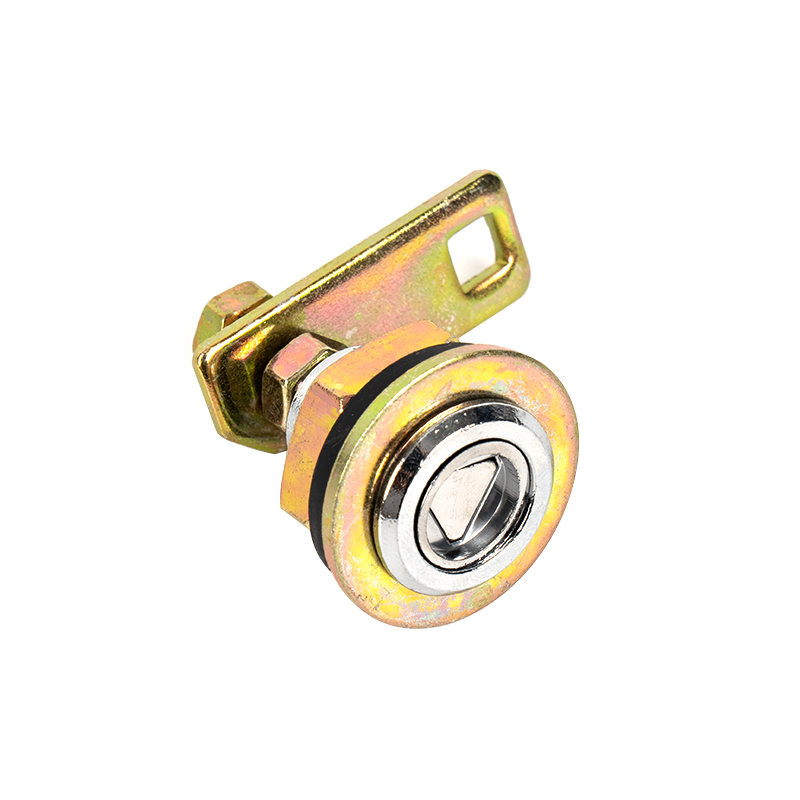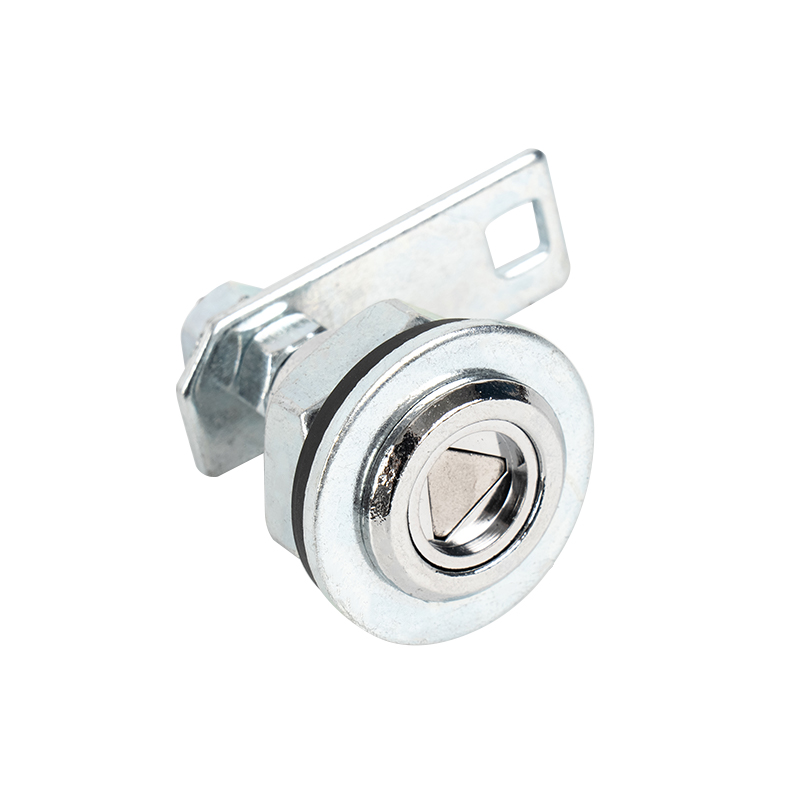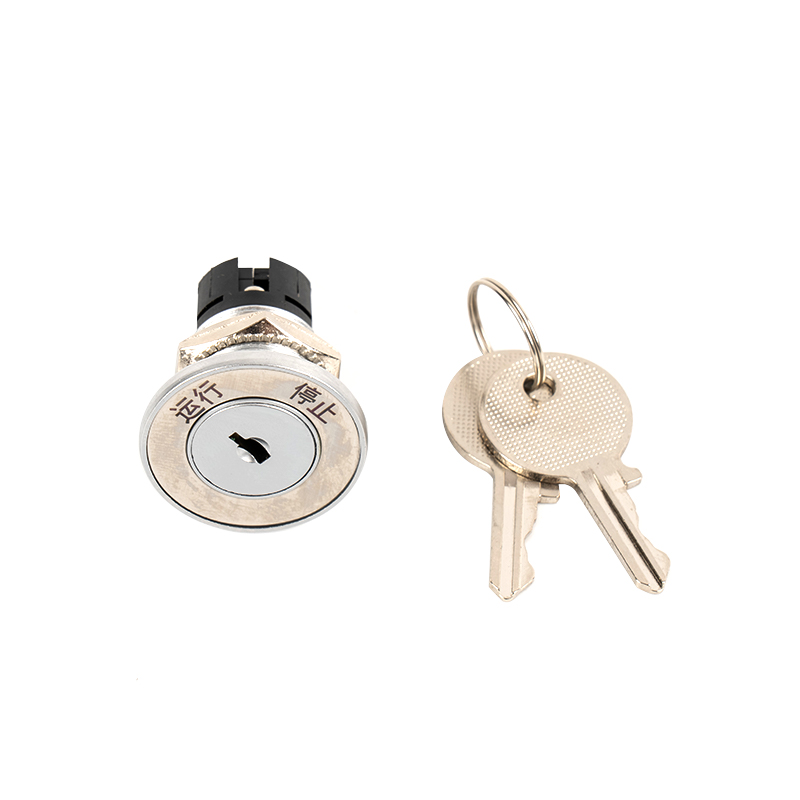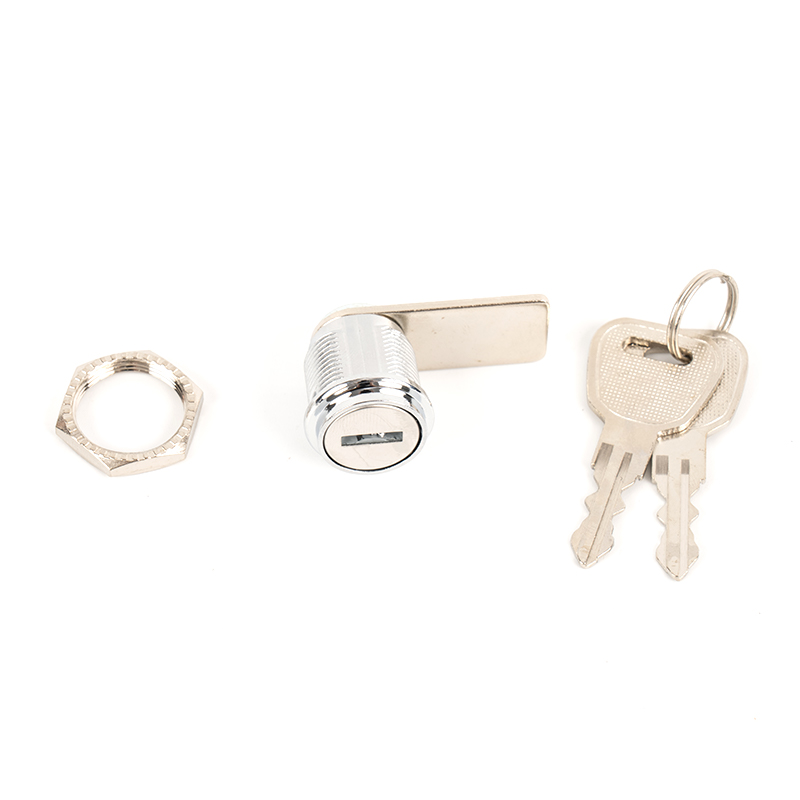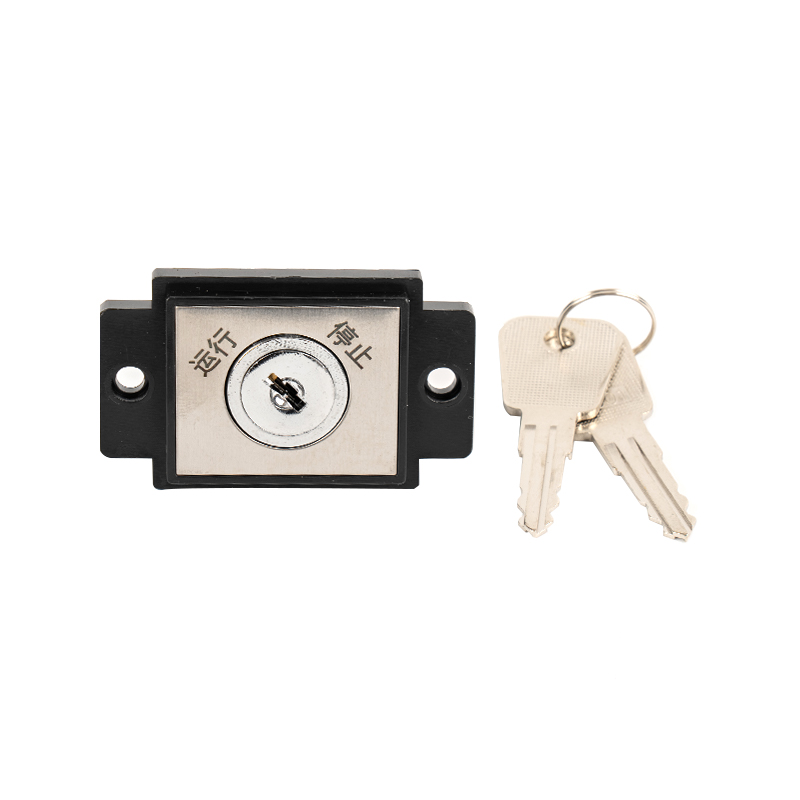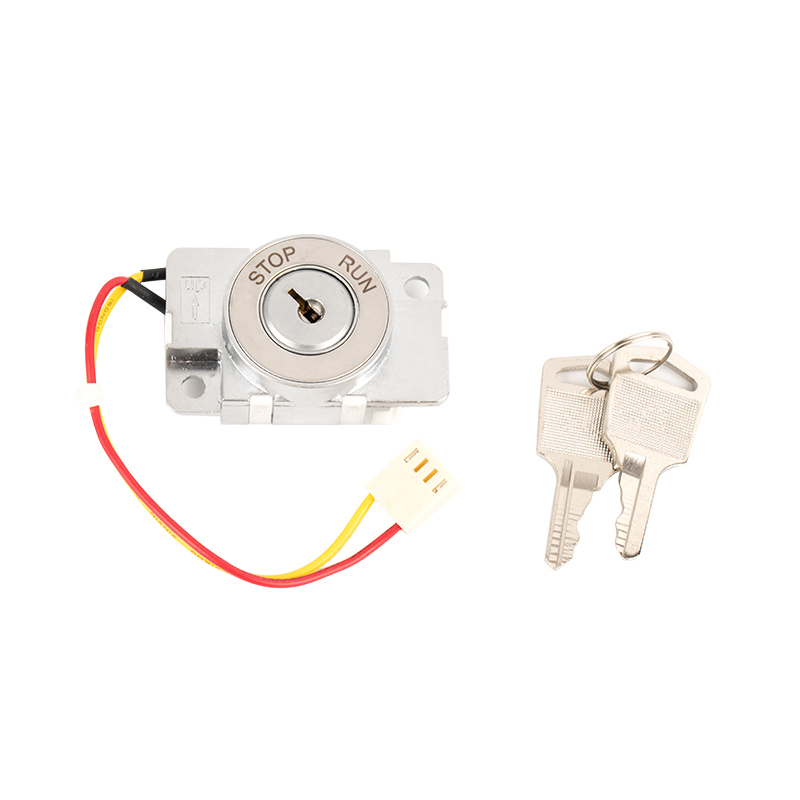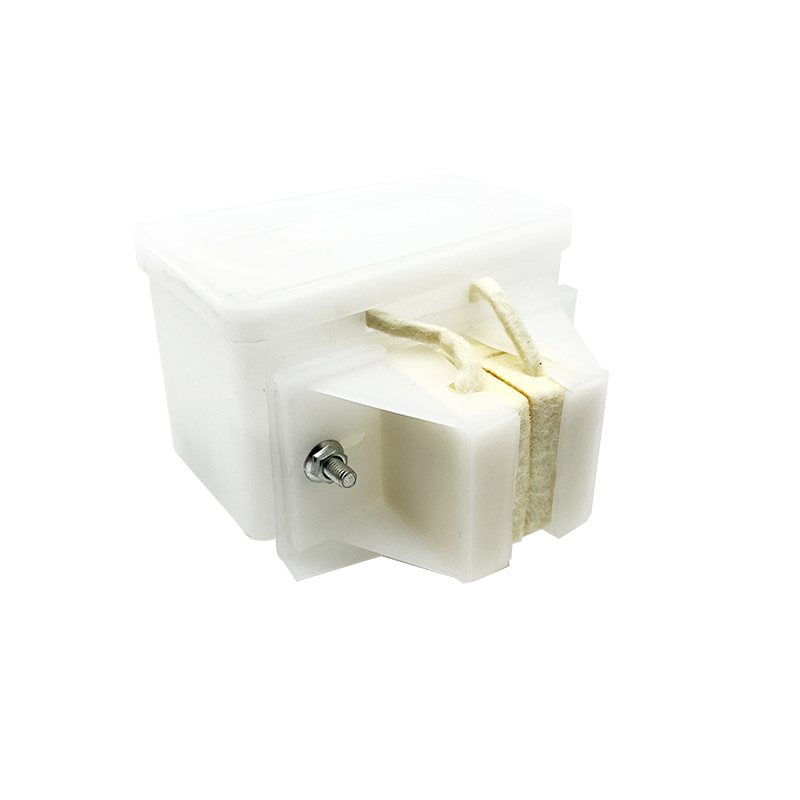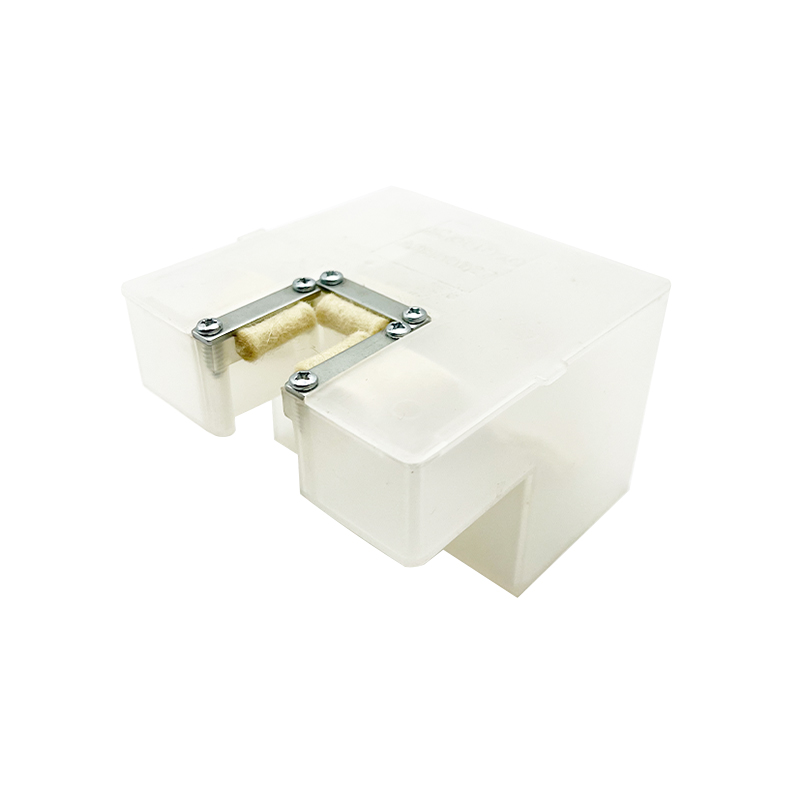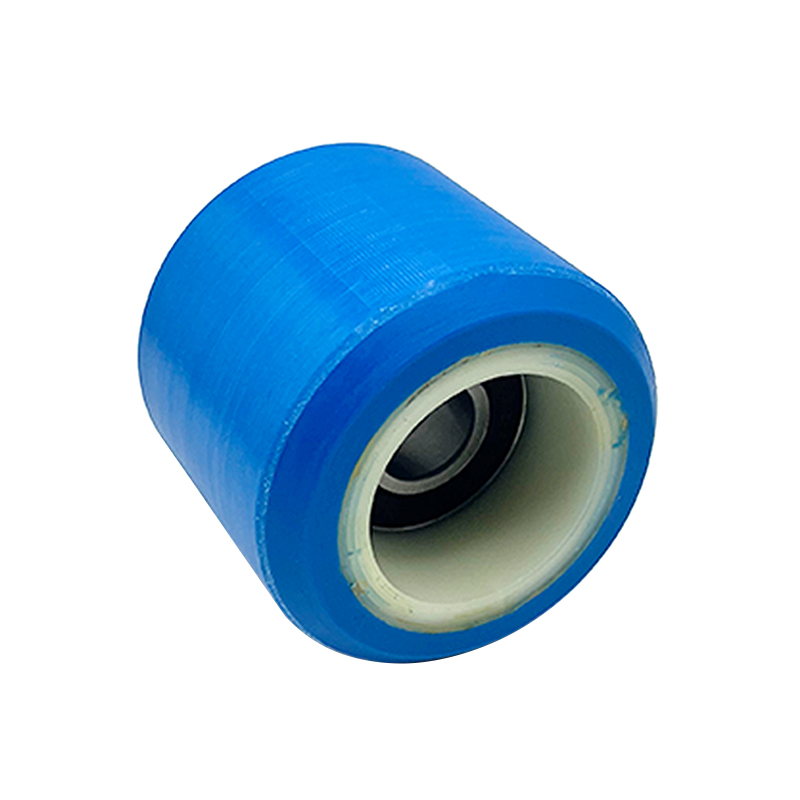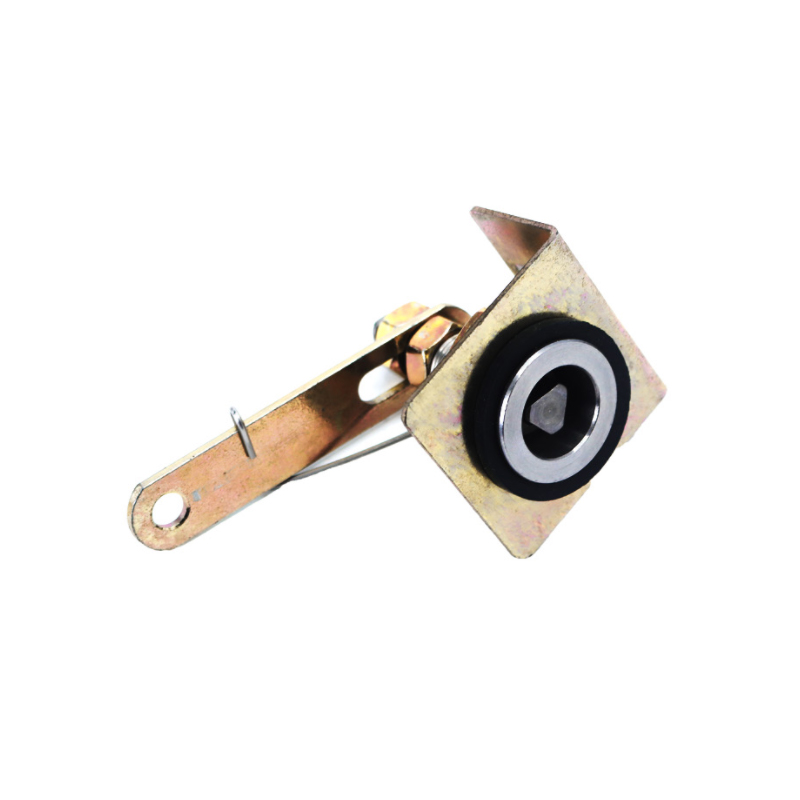1. Inspection of the structure and sealing of the oil cup
Each maintenance requires confirmation that the fixing bolts of the elevator oil cup are not loose or falling off, and the cup body is not cracked or damaged. If the cup body is deformed or the sealing strip is aged, it needs to be replaced to reduce the risk of oil leakage. Also check whether the sealing strip of the oil cup cover is intact and whether there is oil seepage at the connection between the bottom of the cup and the guide shoe. Tilting or uneven installation of the oil cup can easily lead to oil leakage, and a level gauge needs to be used for calibration.
2. Observation of oil quantity and oil quality
The oil level of the oil cup should be maintained in the range of 2/3 to 3/4. When the oil quantity is less than 1/4, it needs to be replenished in time. Excessive amount may cause oil spills to pollute the well. Observe the color changes of the oil regularly. If turbidity, emulsification or impurity deposition occurs, the lubricating oil needs to be replaced. Severely contaminated oil will accelerate the wear of the guide rails and even block the capillary oil guide tube.
3. Maintenance cycle and environmental adaptation
Under normal conditions, lubricating oil should be replenished or replaced every 3-6 months. It is recommended to shorten it to 1-2 months in high-frequency elevator use scenarios. The inspection frequency needs to be increased in dusty or humid environments. During maintenance, oil-proof cloth should be laid at the bottom of the shaft to prevent oil dripping and contamination. If oil cup leakage is found, the elevator should be stopped immediately for inspection to prevent oil from corroding electrical components.


 English
English 中文简体
中文简体
